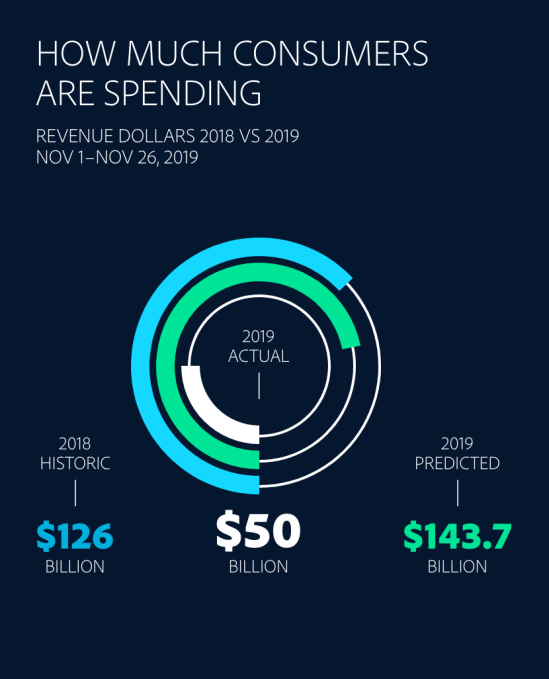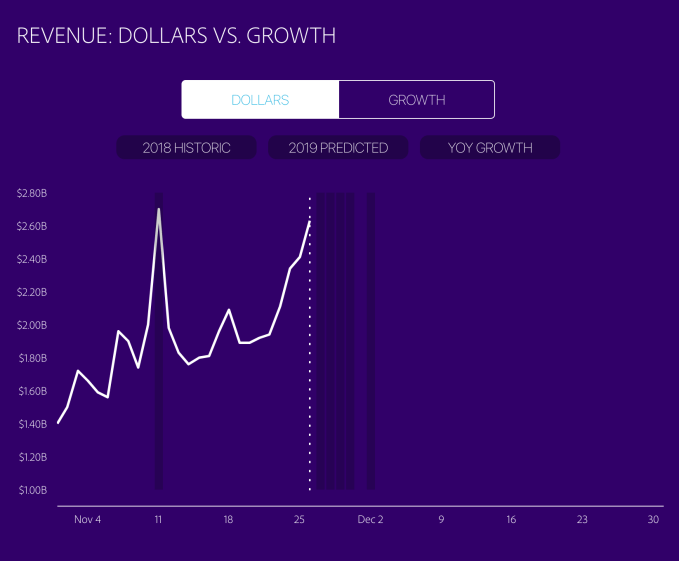Joe is a multi-exit, multi-failure entrepreneur. Joe is currently building Spiffy, and previously sold Automated Insights, sold ExitEvent, and built Intrepid Media. Find more about Joe at joeprocopio.com or @jproco on Twitter.
More posts by this contributor
Are you considering selling your company as a potential exit? Now? A year from now? Five years from now?
In more than 20 years of startup, with over a dozen acquisitions under my belt as an entrepreneur, advisor and investor, I can assure you that an acquisition is always a massive and complex transaction that you’re never 100% prepared for. In fact, the one regret I hear over and over again from my peers is that they got less than what they should have when they signed the deal.
Whether you’re a founder or just have some equity, there’s a bunch of stuff you need to know before you decide to sell your startup, stuff that you won’t actually learn until you’ve been through it.
I sat down with a friend last week who is in the position to seriously consider selling her company. It’s her first startup, so we went over a high-level outline of the process. Then I added a bunch of notes from my own experience for this post.
How to know when it’s time to sell
There are basically four reasons to sell your company.
- Things are going poorly. This obviously isn’t good, and unless you’re in a position where you have to sell, I would recommend against it. Instead, I’d do everything in my power to stabilize and reconsider later.
- Things are going extremely well. On the other side, this is the best position to be in, but it’s also the time when the founders are least interested in selling. The deal has to be outstanding.
- An external factor. Something has happened outside of the company that has made selling an attractive option. For example, I wound up running two companies at the same time, and decided to get out of the small one to focus on the big one.
- You’ve taken it as far as you can. This is most often the primary reason why founders choose to sell their company. They see a lot of opportunity down the road, and decide that a specific acquirer can take much better advantage of that opportunity.
Usually, the decision to sell is based on a combination of these reasons.
How to make the decision to sell
There are basically three ways to get acquired.
- A larger company. This is someone in your space or close to it. To them, your company represents either an advance in innovation or just a bunch of new customers. This is the most popular option.
- Private equity. These firms usually buy out all of the existing owners and investors and may put company leadership on a profit plan to keep them around and motivated. These transactions usually happen at high levels of valuation, like approaching the billions.
- A new investment round. At lower levels of valuation, the same kind of transaction can take place where a new investor or group of investors buys out all of the current owners and investors.
There are two things you need to do before you decide to sell. First, consider your negotiating position from strongest to weakest.
Ideally, you should already have at least one offer on the table, or have rejected one or more offers in the recent past. This is the strongest position, as one offer usually attracts more offers.
If you don’t have a solid offer, you should at least be investigating one or more implied offers. These hints and clues will come from partners, customers, competition, even investors and advisors with connections to other investors and PE firms.
If you have none of these, selling the company is going to be a lot more difficult, but not impossible. In this case, acquisition is a lot like fundraising. If you don’t have any offers or leads, you need to build connections and relationships. You’re basically putting together a pitch deck and going door to door. If you’re not patient, you’ll end up giving up a lot of value on your equity.
You might also consider bringing in a fixer, an experienced person who will come in as CEO for a large chunk of equity and get your company into a better position to sell, both operationally and in terms of connections. I rarely see this work, but I have indeed seen it work. Here, you’re trading shares for the hopes of increased value of those shares.
Finally, you might find private money that just wants to take over your company. These transactions happen at much lower valuations. Kind of a fire sale.
The second thing you need to do before you make the decision to sell is talk to your board, your current investors, your executive team, and your advisors. Everyone has to be in line, on board, and the proper expectations need to be set and agreed upon.
Preparing the company to be sold
There are basically three ways to calculate the sale price of your company.
- A service-based company is usually valued at 1x to 2x annual revenue. In cases where the company is a hybrid of product or intellectual property that may be spun off, this can creep to 3x or maybe a little more.
- A product company is usually valued at 2x to 10x annual revenue, depending on the market for the product, the protected unique differentiators, the higher the tech, and a number of other things, usually related to opportunity.
- In cases of extreme opportunity and innovation, a product company can be sold for 20x to 50x.
There are two things you’ll have to do to sell your company: Show you’re worth the sale price and prove the legitimacy of your operation.
To show your worth, if your company is taking in $10 million in revenue and your valuation comes out at 10x, or $100 million, you need to be able to show the acquirer the path to $100 million within a three- to five-year time frame. The more objectively you can show that return, the more likely you’ll get your asking price.
There are a number of ways you can do this, but spreadsheets and hockey-stick charts probably aren’t enough to open the checkbook. For example, in one case we had to actually conduct a one-month experimental project and hit certain milestones dictated by the acquirer. In another, we went through a three month period where we pushed the accelerator to the ground to show 100% month over month growth for three straight months.
To prove your legitimacy, you’re going to have to go through due diligence. This will happen after an offer sheet has been put together and hopefully there’s a penalty clause if the buyer pulls out.
During due diligence, you’ll have to show that the structural integrity of your company is clean. This means you’ll need to:
- Show a clean cap table, with all the equity in the company past, present, and future accounted for.
- Open your books so they can audit your financials.
- Sit your lawyers with their lawyers to sniff out liability and risk, and also make sure your intellectual property is properly protected.
- Interview and background check your management team to uncover skeletons in anyone’s closet. And also make sure everyone important will stay on.
There will be no time between the initial interest from the acquirer and microscope time, so you’ll need to have all your ducks in a row before you put your company on the market.
Timeline
Your guess is as good as mine, so make your best guess, then double it.
The fastest I’ve ever been through an acquisition deal was four months, the longest was seven months. Again, it’s like raising a funding round, so the shape your company and the strength of your negotiating position will determine a lot of the timeline, but there will always be external factors to deal with.
For example, one time we had the buyer just drop off the face of the earth for 45 days. At about day 30 we resigned ourselves to the fact that it wasn’t going to happen. Then it did.
Think 1–2 months to prepare and line up suitors, 2–3 months to get a solid offer in place, 1–2 months of due diligence. It is not quick, but it should not drag. Regardless of my anecdote above, both sides have an incentive to move quickly, it just takes time.
Preparing yourself for life after startup
The last thing my friend and I talked about was what she was going to do once her startup was folded into a new company. Even from her early vantage point, in almost all outcomes, she was looking at a comfy VP position at a nice salary. She could do that. The question, of course, was for how long.
The last time my company was acquired was the first time I planned to stick around to hit the next milestone. I didn’t make it. Two years in, I hit a wall that I never recovered from, even after a few more months of soul-searching. It was a mix of internal changes, external factors, and me just being done. I felt like I was dragging a bag of bricks to work every morning.
I’d try to stick around again. I’ve never been one to hop from startup to startup, and I’ve been immersed enough in the corporate world to know I can navigate it. But there’s a reason they usually lock the executive team in for two years. That’s about all either side can take of the other.
The thing is, because it was the first time I planned to stay put after the acquisition, I never developed a contingency plan going into the acquisition, and I paid for it afterwards. When I did leave, it took three months just to find my feet.
I’ve seen other folks take way longer to decompress, and I’ve seen some of them do some crazy stuff along the way, like start that folly of a company they always wanted to start and now that they had the means to start it and no one to tell them no… disaster.
So whether your plan is to stick around or run away screaming, make sure you build in time to think about what’s next. You can do whatever you want after that time, maybe start a new project, maybe take a new position. What you do might not even be startup-related at all.
But chances are it will be. Entrepreneurs are like addicts; we don’t know when to quit.



